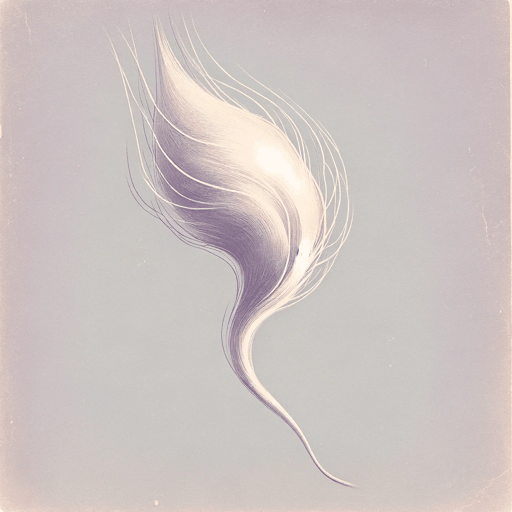19 pages • 38 minutes read
Gwendolyn BrooksTo Be in Love
Fiction | Poem | Adult | Published in 1963A modern alternative to SparkNotes and CliffsNotes, SuperSummary offers high-quality Study Guides with detailed chapter summaries and analysis of major themes, characters, and more.
Background
Literary Context
Gwendolyn Brooks is a central figure in American poetry, with a career that spanned 70 years. Early on she garnered attention from well-established Harlem Renaissance poets James Weldon Johnson and Langston Hughes, with whom she remained friendly until their deaths. Further, she was respected by younger Black writers like Richard Wright, bridging the gap between older writers and younger generations. Her poetry’s honest portrayals of disenfranchised urban communities, impoverishment, and misunderstood women immediately gained praise, making her both popular and renowned from the moment A Street in Bronzeville was published in 1945. The additional acclaim of Annie Allen and its Pulitzer Prize win in 1950 solidified Brooks as a major figure. The honor was also especially notable as Brooks was the first Black woman to win such an award.
Brooks’s ability to discuss desire and disillusionment, as well as their ties to injustice, make her a voice of the city of Chicago, a people, and a generation. “To Be in Love” displays both Brooks’s themes of desire and disillusionment, and her deft mastery of emotion. The poem’s speaker desires their beloved and offers unrelenting devotion. The speaker, however, is also fearful that disillusionment awaits them should they reveal the depths of their devotion to the beloved.
Related Titles
By Gwendolyn Brooks

A Bronzeville Mother Loiters in Mississippi. Meanwhile, a Mississippi Mother Burns Bacon
Gwendolyn Brooks

A Sunset of the City
Gwendolyn Brooks

Boy Breaking Glass
Gwendolyn Brooks

Cynthia in the Snow
Gwendolyn Brooks

Maud Martha
Gwendolyn Brooks

my dreams, my works, must wait till after hell
Gwendolyn Brooks

Speech to the Young: Speech to the Progress-Toward (Among them Nora and Henry III)
Gwendolyn Brooks

The Ballad of Rudolph Reed
Gwendolyn Brooks

The birth in a narrow room
Gwendolyn Brooks

The Blackstone Rangers
Gwendolyn Brooks

The Chicago Defender Sends a Man to Little Rock
Gwendolyn Brooks

The Crazy Woman
Gwendolyn Brooks

The Lovers of the Poor
Gwendolyn Brooks

The Mother
Gwendolyn Brooks

the rites for Cousin Vit
Gwendolyn Brooks

To The Diaspora
Gwendolyn Brooks

Ulysses
Gwendolyn Brooks

We Real Cool
Gwendolyn Brooks

